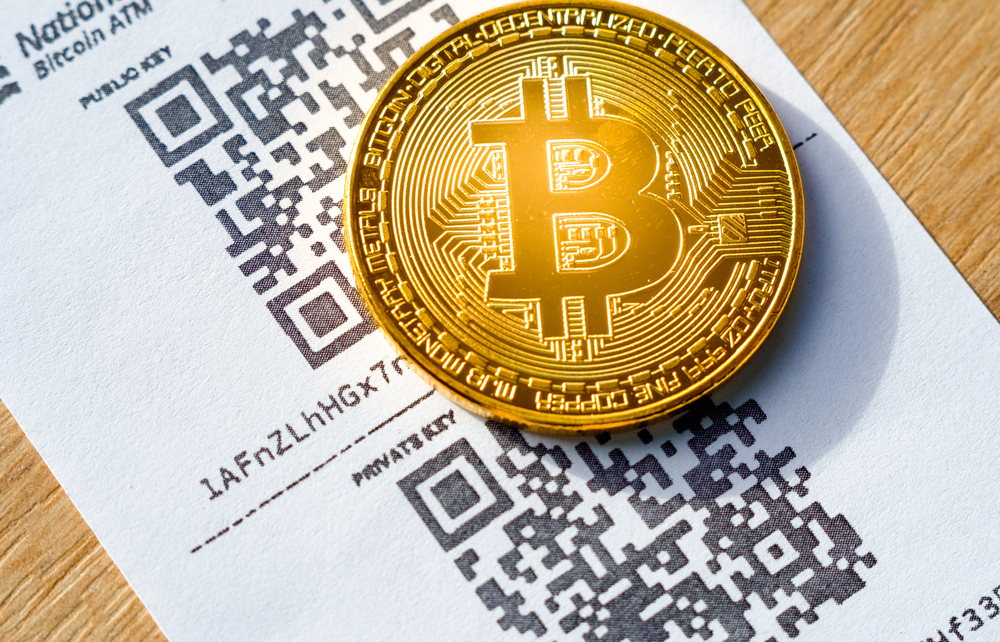Exploring Economic Liberty through Bitcoin’s Transparent Mechanisms
Economic liberty, a cornerstone of personal and societal freedom, has found a compelling ally in Bitcoin’s transparent mechanisms. Bitcoin, as a decentralized digital currency, offers individuals a means to participate in the global economy without the constraints of traditional financial systems. Unlike conventional currencies controlled by central banks, Bitcoin operates on blockchain technology, a transparent and immutable ledger that records every transaction. This system empowers users by ensuring that their financial activities are not subject to censorship, manipulation, or the whims of intermediaries. Such transparency fosters trust and accountability, enabling people to exercise greater control over their finances. At its core, Bitcoin challenges the traditional financial paradigms that often limit access and opportunity. In many regions, centralized financial systems exclude individuals without formal identification, bank accounts, or credit histories. Bitcoin’s decentralized nature allows anyone with an internet connection to participate in economic activities, breaking down barriers to entry and promoting financial inclusion.

This democratization of finance is a significant step toward economic liberty, granting people the ability to store, transfer, and manage wealth without reliance on third-party institutions. Transparency in Bitcoin’s mechanisms extends beyond individual transactions. The blockchain ledger is publicly accessible, enabling anyone to verify and audit the system. This openness contrasts sharply with opaque practices in traditional banking, where complex regulations and intermediaries can obscure financial flows. By offering a clear and traceable system, Bitcoin reduces the potential for corruption and fraud, fostering an environment where trust is built on verifiable data rather than institutional guarantees. Moreover, bitcoin news transparent mechanisms contribute to economic sovereignty. Inflation and devaluation, often byproducts of centralized monetary policies, erode the value of traditional currencies. Bitcoin, with its capped supply of 21 million coins, provides a hedge against such risks, enabling individuals to preserve their wealth over time. This feature is particularly relevant in regions experiencing economic instability, where traditional currencies may fail to maintain value.
By offering an alternative store of value, Bitcoin empowers individuals to safeguard their economic future. Critics argue that Bitcoin’s volatility and energy consumption pose challenges to its widespread adoption. However, its underlying principles of decentralization and transparency continue to attract individuals seeking financial autonomy. As technological advancements address these concerns, Bitcoin’s role in promoting economic liberty is likely to expand. In conclusion, Bitcoin’s transparent mechanisms provide a pathway toward greater economic liberty by dismantling barriers, fostering trust, and enhancing individual sovereignty. By leveraging blockchain technology, it offers a decentralized and open financial system that empowers individuals to take control of their economic destinies, paving the way for a more inclusive and equitable global economy.



